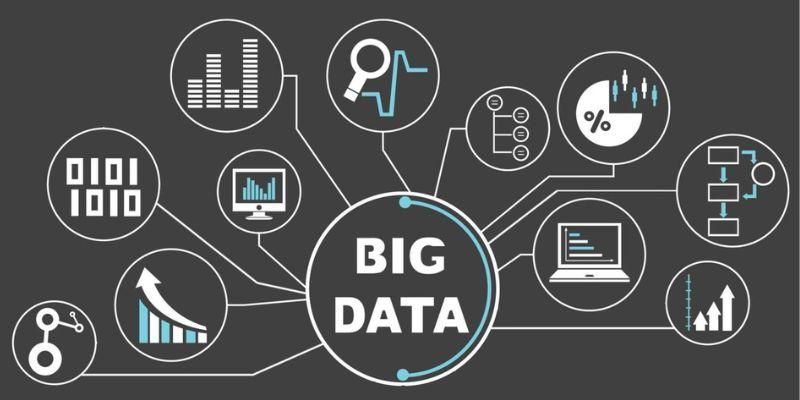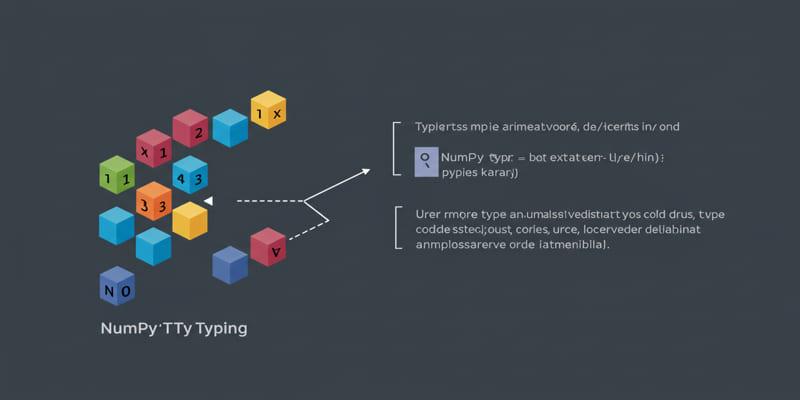In today’s world, organizations generate massive data every day, from social media activity to transaction logs and sensor readings. Efficient processing of this data is critical for gaining insights and staying competitive. MapReduce, introduced by Google, distributes large datasets across clusters of computers.
It divides tasks into smaller pieces and runs them in parallel, ensuring speed and reliability for big data workloads. In this article, we explore how MapReduce transforms big data processing and why it is essential for modern enterprises.
MapReduce is a programming model designed to process and generate large-scale datasets efficiently. It simplifies complex tasks into two primary functions: Map and Reduce.
Using this model, organizations can perform large-scale computations without worrying about low-level details such as parallelization, fault tolerance, or load balancing.
MapReduce offers several features that make it indispensable for large-scale data processing:
These features collectively make MapReduce ideal for organizations processing vast amounts of structured or unstructured data.
MapReduce relies on several critical components that ensure its efficiency, scalability, and reliability:

These components work together to deliver efficient, scalable, and fault-tolerant processing of massive datasets.
MapReduce is particularly effective in big data environments due to its distributed and parallel processing approach.
For Example: Analyzing web server logs to track user behavior. Each log line is mapped to a key-value pair and then reduced to count page views per user. The process can scale to billions of log entries without manual intervention.
The MapReduce workflow involves several key steps:
This workflow ensures tasks are executed efficiently, even on datasets spanning terabytes or petabytes.
MapReduce is a cornerstone of modern big data architectures because it enables organizations to process massive datasets efficiently and reliably. Compounds can scale horizontally across hundreds or thousands of nodes by dividing tasks into parallelizable maps and reducing operations.
This ensures high throughput and fault tolerance; as failed tasks are automatically retried without disrupting the job. Consequently, MapReduce empowers enterprises to handle growing data volumes, extract meaningful insights, and maintain performance across distributed systems.
MapReduce is widely used across industries to solve complex data problems:
These applications demonstrate MapReduce’s ability to scale across sectors while delivering actionable insights.
MapReduce provides several advantages that make it essential for enterprise data systems:

These advantages explain why MapReduce remains a core technology for big data processing in enterprises.
MapReduce has revolutionized how organizations handle massive datasets. It processes data in parallel across clusters, ensures fault tolerance, and handles diverse data types. These capabilities make it essential for enterprise data systems. From e-commerce to healthcare, MapReduce empowers businesses to extract insights and optimize operations.
By adopting MapReduce, enterprises can confidently manage growing data volumes. Start adopting MapReduce today to explore faster and more efficient data processing for your enterprise.

Find how MapReduce powers scalable data systems, enabling efficient processing of massive datasets for modern enterprises.

Explore how evolving AI agents affect businesses, risks, and alignment, and why understanding their inner drives is crucial.

Learn how AI agents for sustainability improve productivity, streamline reporting, and revolutionise corporate operations globally.

Discover the seven reasons which make convolutional neural networks (CNNs) unbeatable when it comes to image tasks.

Understand RGB and HSV, why hue-saturation-value helps editing, and how to convert in both directions without banding or surprises.

Build accurate Excel data dictionaries by pairing OpenPyxl scans with AI agents for clear definitions, rules, and reviews.

Learn how a GPT stylist reveals the secrets of clear, contextual, and creative prompting that leads to better AI outputs.

AI scam tactics are becoming harder to detect as artificial intelligence helps scammers create fake voices, emails, and messages. Learn how to recognize and stop these digital traps

How to use ChatGPT’s new image generator with this simple step-by-step guide. Learn how to turn text into visuals using the latest AI image tool from ChatGPT

Inheritance is a fundamental software engineering notion that assists data scientists in constructing reusable code and creating scalable and maintainable endeavors in order to succeed in the long term.

Use NumPy typing to annotate and verify NumPy array shapes and dtypes to enhance Python project correctness and maintainability.

Discover how Microsoft Power BI elevated my data analysis and visualization workflow, transforming insights and boosting decision-making efficiency.